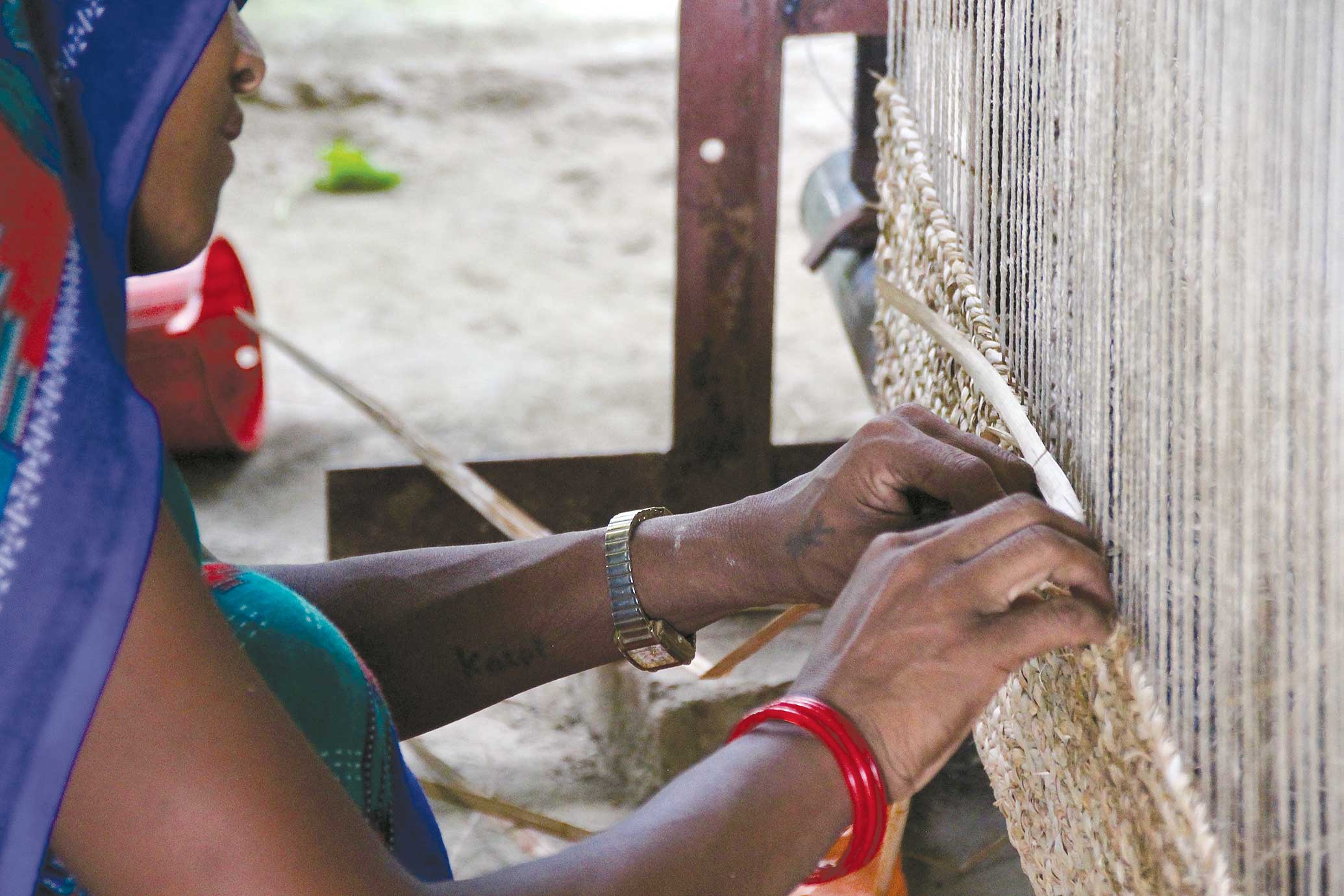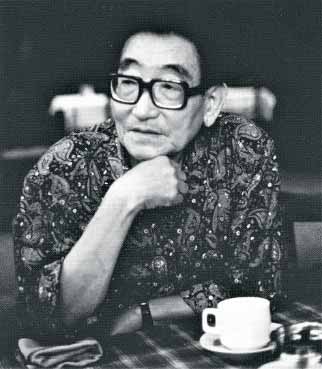Nepal is going through a difficult period in its history and many try hard to figure out how we got where we are today. One reason, and a very strong one, is because we do not have a questioning culture. Questioning and challenging ideas of people with power and authority, and suggesting better ways ahead or alternatives is still not culturally accepted. This happens across age barriers, ethnic barriers, language barriers and even geographic barriers. A young member of the family does not question the older member. It is very difficult to get people to question those who joined the office a few months earlier than them, even in corporate Nepali culture. The vision of a “merit based Nepal” is far behind due to this inherent culture.

At the eastern end of the ‘six lane’ highway to Bhaktapur, paid for by the Japanese tax payer, where the road suddenly narrows, is a very popular and really beautiful heritage site - Surya Binayak. The local belief is that the rulers of Bhaktapur asked the astrologers to find an auspicious site where the rays of the sun would hit the valley floor first thing in the morning. ‘Artists’ were then commissioned to design and build a temple dedicated to Ganesh – the remover of obstacles, so that the sun could continue its journey “across the sky” unhindered. Such a beautiful concept and one would think the solar industry would adopt this site as their “patron” as they expand their business. Right now, the temple complex is very popular for weddings, and big family events; but the main reason why many Kathmandu valley residents visit the site and pay homage and perform rituals is to make sure that their children have a clear “power of speech”. Ganesh will make sure that the young sibling will not have any speaking difficulties.
The problem with society, generally, is that once the child does begin to speak and ask questions, we tell them to “shut up”. We remind them of their “rightful” place in the home, playground, and society; and why they should not ask too many questions.
Many readers will recall that there was a clean mass transit system – the electric trolley buses, paid for by the Chinese that used to take the people from Tripureshwor all the way to the foothills of Surya Binayak. The entire system is gone without a trace because we did not question the corruption and mismanagement. Perhaps we were just too busy “speaking” eloquently about the depletion of foreign currency reserves due to diesel import for public transportation. Whatever the past, it is never too late to begin to question and challenge the “wrongs” in our society. The Japanese have paid for us to have an “obstacle free” ride up to Surya Binayak.
The temple complex itself consists of a shikhara style structure with the statue of the Ganesh decorated with a set of beautifully repousse and guilded toranas. Pilgrims and devotees have offered the temple a lot over the years and some of them have even put up statues of themselves. The presence of a British style water hydrant as part of the décor, is quite unique and confusing and worth finding out more about. The Ganesh, as we all know, has an elephant head and if traditional wisdom is to be believed, an elephant never forgets. This is another key attribute to removing our numerous obstacles.











